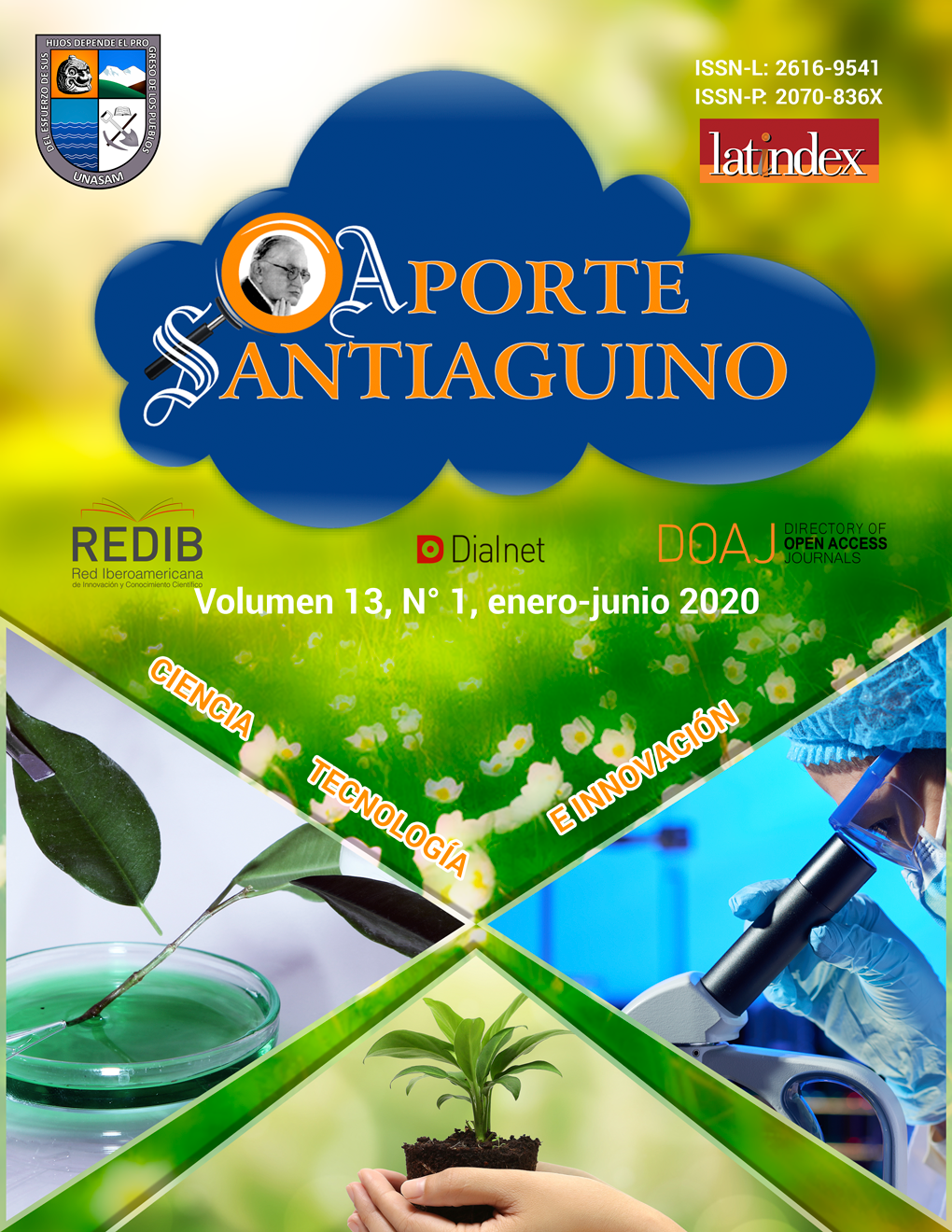Blueberry farms in Cañete, Lima, Peru
DOI:
https://doi.org/10.32911/as.2020.v13.n1.677Keywords:
Agri Exports, Berries, Hydroponics, Peruvian CoastAbstract
The objective of the study was to characterize blueberry farms (Vaccinium corymbosum L.), in Cañete, Lima ? Peru. For this, 13 farms were randomly visited and producers were surveyed about social, economic and technical-environmental aspects. As a result, all producers have had basic services and 69;2 % had higher education. The average installation cost was USD 37 653;85/ha, annual maintenance USD 10 361;54/ha, export sales price was USD 9;87/kg on farm and yield was 4;40 t/ha. The quality of fruits was de_ned by Brix degrees, size, color and presentation; the main inputs required were certi_ed seedlings, pesticides, soluble fertilizers and organic substrates. About 61;5 %of producers reported Heliothis virescens as the main pest, applying chemical and ethological control; 38 % reported damages caused by Phytophthora cinnamomi. As bene_cial arthropods, spiders were found only in two farms. The crop was developed as hydroponic, in plastic bags with prepared substrate and drip fertigation. In conclusion, this fruit is an alternative of development with added value, generates employment opportunities, optimizes soil and water resources, but chemical control limits the establishment of bene_cial organisms.




















